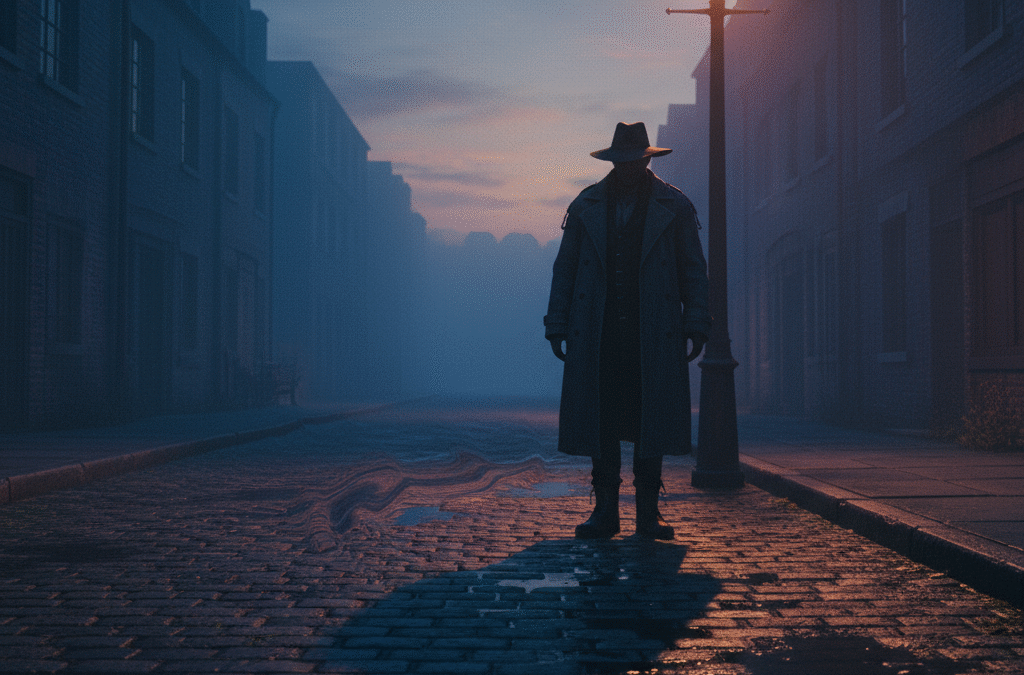Light appears most frequently as a metaphor for truth, knowledge, and light. Western philosophy since Plato’s cave has employed light as a representation of knowledge and darkness for ignorance or confusion. But shadows, those dark and shadowy things that appear only in the presence of matter and light, are owed more thought. Shadows are not merely darkness, or just light. Shadows are in-between, in ambiguity, in absence and presence. This reminds one of the question: do shadows reveal more than light?
Plato himself began with shadows in his own Allegory of the Cave. Prisoners, shackled and instructed to do nothing but watch the wall, know shadows with reality. For him, however, truth is not with the shadow, but with the light that produces it. But suppose shadows aren’t illusions? Suppose they are filled with another kind of truth, a kind which can’t be shown by light?
Shadows are the reminders of that which lies beyond sight. Light unveils surfaces, points, and transparency but blinds with excess. Shadow is the whisper of that which lies beyond. It is a reminder that there is something beyond our line of sight. A shadow proclaims the existence of something invisible, a thing, a body, an obstruction in the path of light. Shadows are thus indicators, reminding us of something that would otherwise be concealed.
And then the psychological element. Carl Jung referred to the “shadow self,” the unconscious or repressed part of our psyche. When one illuminates the ego with the light of consciousness, shadows are the repressed weaknesses, fears, and desires we harbor within us. To repress the shadow is to remain superficial; to confront it is to become aware of oneself. Therefore shadows do not hide truth but reveal something of reality that cannot be revealed by light. They reveal richness of human kind, depth of surface.
Artists have long been attuned to possibilities of shadows. In painting, chiaroscuro, a contrast between light and dark, gives one depth and feeling. Shadows are used in the films to suggest mystery, threat, or closeness. Something illuminated only by light is two-dimensional, but the shadow dance renders it otherwise. So with life: our distinction is what it is because of the shadows that trail after. Joy is more comprehensible in contrast to the memory of misery. Power alone is comprehensible in contrast to the weakness. Shadows impart significance to light.
Shadows also symbolize the tug-of-war between nothing and something. They are not the thing itself, and yet they testify to its presence. The shadow of a tree is thrown on the ground, proof that the tree is present even if we gaze not at its trunk. A shadow is less present here and more present here at once, it’s an image other than the thing, never apart from it, and yet apart. Shadows then are an invitation to remember that truth is lateral and complex, that occasionally the things that are known sideways are more than the things that are known straight.
And then, naturally, there is something existentially deep about shadows. Life leaves shadows in time. Memory, guilt, and legacy are the shadows of life, remaining after the moment has gone. A shadow cannot be without light, meaning cannot be without the tension between revelation and hiding. Shadows, then, are lessons in balance: truth is always in diverse light, and in the tension between what is and what is not.
And so, therefore, do shadows tell us more than light? To some degree, no, light tells us things and makes them visible. But to some degree, yes, shadows imply depth, imply subtlety, imply interest. Shadows remind us that the world is not necessarily so black and white, that what is below is as significant as what is on top. Shadows don’t simply cover; they point, gesture, move into the beyond.
The last lesson of the shadows is that significance is not to be found at the poles of light and dark but in tension between them. To have vision only in light is to lose sight of the wealth of things. To revere shadows is to revere the prudence that truth always and necessarily ever turns a glance aside, somewhere between the knowable and the unknown.
